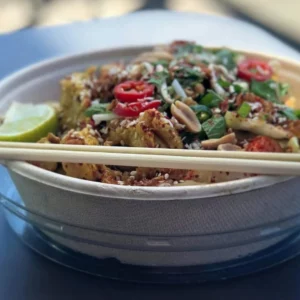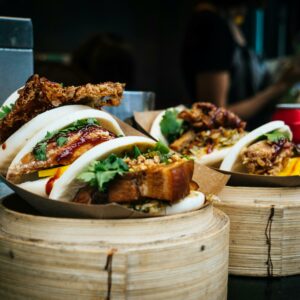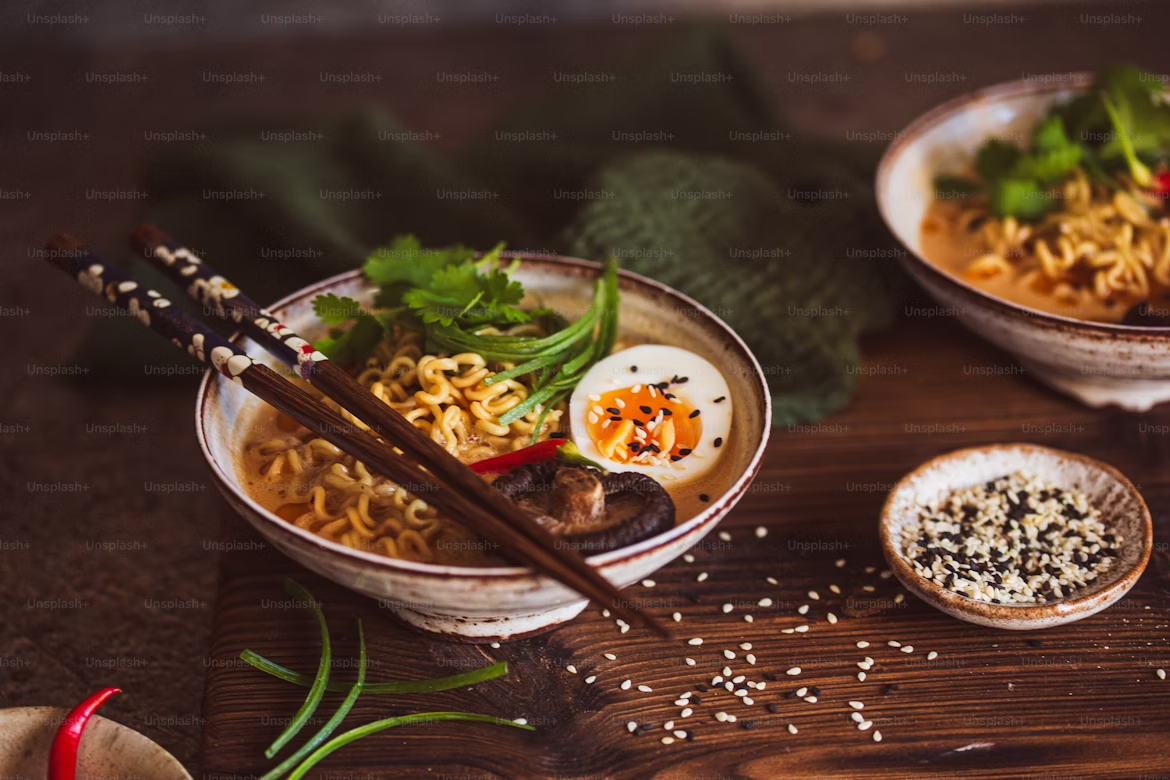How to Start a Takeout Restaurant: Key Steps and Considerations
By
Contents
- 1. Define Your Takeout Concept and Business Model
- 2. Design a Menu That Works for Takeout
- 3. Get Licensed: Permits, Regulations & Food Safety
- 4. Choose Your Location and Kitchen Setup
- 5. Set Up POS and Delivery Operations
- 6. Branding and Custom Takeout Packaging
- 7. Promote Your Takeout Restaurant Online
- 8. Monitor and Optimize with Data & Tech Tools
- FAQs About How to Start a Takeout Restaurant
- Conclusion
The rise of on-demand dining has made takeout restaurants more relevant than ever. Whether you’re pivoting from dine-in to delivery or starting fresh, a successful takeout operation requires strategic planning, the right technology, and top-tier packaging. This 2025 startup blueprint breaks down everything you need to know to launch your takeout business and make it thrive.
1. Define Your Takeout Concept and Business Model
Before you order your first ingredient or print your logo on a takeout box, you need to define your restaurant concept and operational model.
- Brick-and-Mortar vs. Ghost Kitchen: Brick-and-mortar restaurants offer local visibility and customer interaction. Ghost kitchens, on the other hand, focus solely on delivery from shared commercial spaces—ideal for lower startup costs and rapid scaling.
- Select Your Cuisine: Choose a menu style that suits both your passion and market demand. Fast-casual comfort food, health-focused bowls, ethnic fusion, or trending snacks—each has its audience.
- Know Your Customers: Who will you serve? College students looking for quick meals, busy professionals craving convenience, or families seeking dinner solutions?
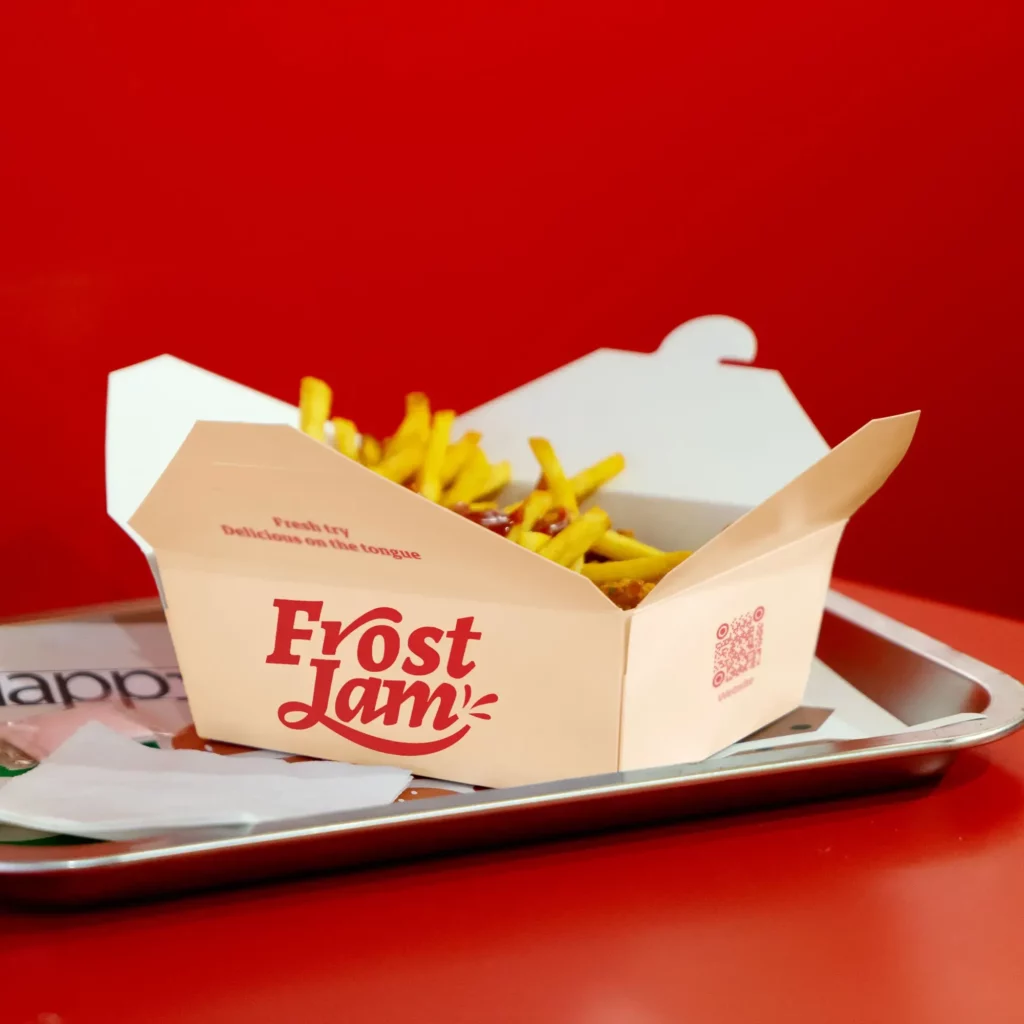
2. Design a Menu That Works for Takeout
Your menu should be built for performance—during prep, in transit, and upon delivery.
- Key Takeout Menu Tips:
- Choose dishes that travel well and stay visually appealing (e.g., rice bowls, wraps, stir-fried items)
- Avoid soggy items or those that lose texture in sealed containers
- Keep hot and cold items separate to preserve temperature
- Start Simple: A limited, focused menu is easier to manage, reduces food waste, and accelerates kitchen speed. Expand later based on customer feedback and bestsellers.
- Control Costs: Streamline ingredients across multiple dishes, track portion sizes, and plan around suppliers’ pricing stability.
3. Get Licensed: Permits, Regulations & Food Safety
Compliance is key. Local health authorities won’t just check once—they’ll return often.
- Basic Requirements:
- Business license and food handler permits
- Health department approval
- Fire, safety, and zoning compliance
- Understand HACCP: Implementing a Hazard Analysis and Critical Control Point (HACCP) system ensures food safety from sourcing to delivery. Even ghost kitchens must follow similar standards.
4. Choose Your Location and Kitchen Setup
Where you cook affects your speed, capacity, and overhead.
- Kitchen Models:
- Brick-and-Mortar: Requires full buildout but offers visibility and walk-in traffic
- Ghost Kitchen: Often shared spaces with flexible rental terms and lower upfront costs
- Equipment Essentials:
- Commercial ovens, prep tables, fridges, and sanitation stations
- Dedicated packaging areas and shelves
- Suppliers: Partner with vendors who offer consistency, transparency, and responsive support. Consider proximity to minimize delivery delays.
5. Set Up POS and Delivery Operations
Order chaos kills customer satisfaction. A good system keeps everything flowing.
- POS Setup:
- Choose a restaurant-grade POS with delivery integration
- Sync dine-in, pickup, and delivery orders across one dashboard
- Delivery Platforms:
- Evaluate commissions from Uber Eats, DoorDash, etc.
- Consider hybrid models—third-party + in-house delivery
- Automation Tips:
- Use kitchen display systems (KDS) to avoid miscommunication
- Set clear prep-to-pickup workflows
6. Branding and Custom Takeout Packaging
Your packaging is your brand on display, reflecting your restaurant’s identity and quality. It’s the first impression customers see and a crucial touchpoint for building brand recognition and trust.
- Packaging Must-Haves:
- Leak-proof, stackable, temperature-resistant
- Easy to open without spilling
- Eco-conscious if possible
- Design Elements:
- Include your logo, brand colors, and contact details
- Use consistent design across cups, napkins, and bags
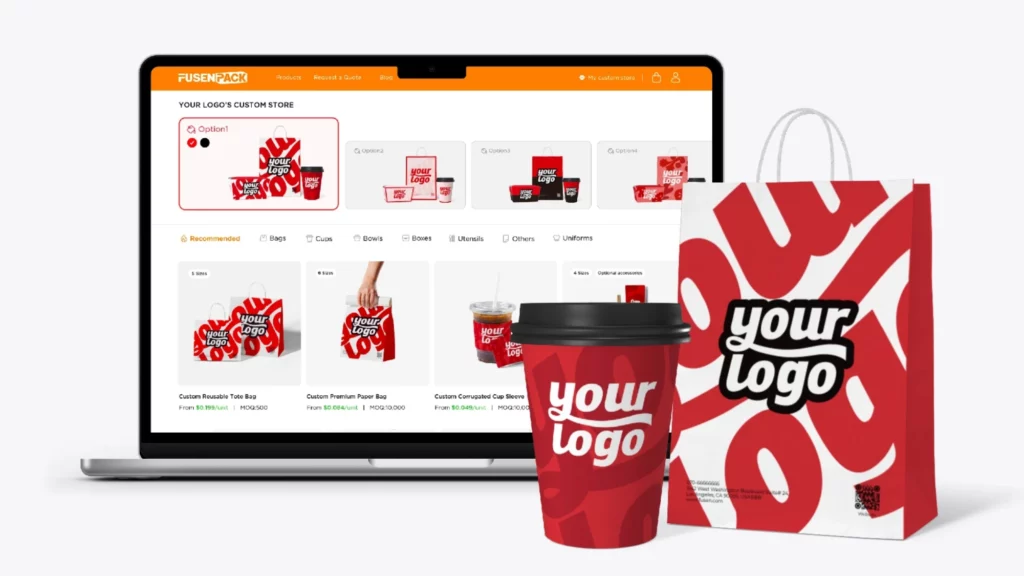
7. Promote Your Takeout Restaurant Online
Marketing is what fills your ticket printer.
- Core Promotion Channels:
- Build a simple website with your menu and ordering links
- Claim and optimize your Google Business Profile
- Run Instagram and TikTok campaigns featuring behind-the-scenes prep or new items
- Local SEO Boost:
- Use keywords like “[Your Cuisine] takeout near me”
- Encourage 5-star reviews from happy customers
- Conversion Tips:
- Offer first-order discounts
- Promote loyalty programs

8. Monitor and Optimize with Data & Tech Tools
Data isn’t just numbers—it’s the insight behind your next great decision.
- Use Your POS to Track:
- Top-selling items
- Delivery times and accuracy
- Inventory fluctuations
- CRM Benefits:
- Track customer behavior
- Personalize offers to increase return orders
- Adapt Your Menu:
- Rotate low performers
- Adjust portion sizes or pricing based on analytics
FAQs About How to Start a Takeout Restaurant
- How much does it cost to start a takeout restaurant? Startup costs can range from $10,000 to $100,000, depending on your kitchen model, location, equipment, and marketing efforts.
- What food is best for takeout menus? Items that maintain temperature and texture during delivery—like rice bowls, sandwiches, pastas, and stir-fries—are ideal.
- Can I run a takeout restaurant from home? This depends on local zoning laws and food safety regulations. In some areas, you can use certified home kitchens or rent ghost kitchen spaces.
- Do I need custom packaging for my takeout business? Custom packaging boosts your branding, protects food quality, and builds customer loyalty. It’s a smart investment that pays off in repeat orders.
- How do I know if a ghost kitchen is better for me? If you’re budget-conscious, tech-savvy, and focused on delivery, ghost kitchens offer flexibility and scalability without the retail costs.
Conclusion
Starting a successful takeout restaurant in 2025 requires adaptability, technology, and quality focus. Key success factors include:
- Adaptability: Be ready to pivot based on customer feedback and market trends.
- Technology: Leverage modern POS systems and delivery platforms.
- Quality: Never compromise on food or packaging quality.
- Sustainability: Consider eco-friendly practices.
- Data-Driven: Use analytics to inform decisions.
Success in takeout means building relationships through consistent quality and reliable service. Partner with suppliers like Fusenpack for high-quality packaging that enhances your brand and protects your food.


